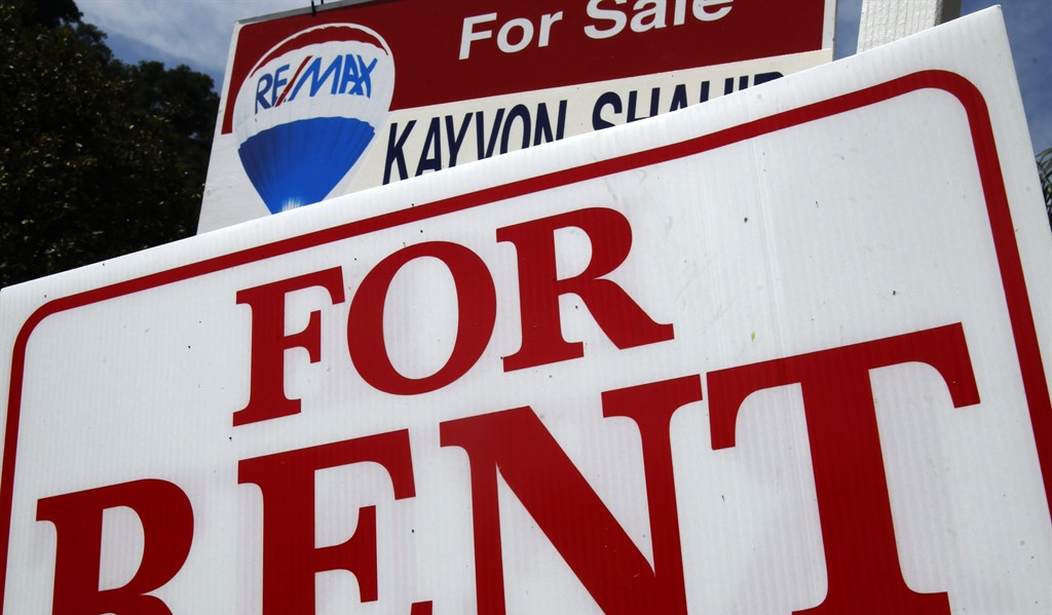Whether it represents the proverbial canary in the coal mine indeed is arguable but Pittsburgh’s flagging occupancy rate for class A office space in its central business district (CBD) clearly is a troubling indicator for the erstwhile Steel City’s economic vitality.
And there could be even more troubling news ahead because of the coronavirus pandemic, concludes an analysis by the Allegheny Institute for Public Policy.
“Some defend the high (vacancy) rates as the natural ebb of the marketplace,” says Frank Gamrat, executive director of the Pittsburgh think tank (in Policy Brief Vol. 20, No. 11.)
“But it’s a troubling statistic for the city and may underscore an economy that is not growing despite efforts to command it,” the Ph.D. economist says.
And soon exacerbating the vacancy malaise could be the pandemic that has thrown many businesses into chaos.
“The subsequent stay-at-home orders that followed for each state and city, including Pittsburgh, may have long-lasting impacts on the office market in the CBD and area going forward,” Gamrat stresses.
The vacancy numbers already are striking – 15.9 percent, the highest in a decade, since the recession year of 2010. And the vacancy rates of some of the most prominent Downtown buildings add an exclamation point to the statistics.
To wit, the vacancy rate at 525 William Penn Place is 59.9 percent. It is 33.8 percent at 20 Stanwix Street. At One Oxford Center, the vacancy rate is 29.7 percent. It is 29.5 percent at the former Westinghouse building. The U.S. Steel Tower rate is 11.8 percent.
At the end of 2019 the total Pittsburgh area office vacancy rate was 17.6 percent. The lowest was found in the Oakland/East End corridor at 4.2 percent while the highest vacancy rate -- 26.2 percent -- was found East suburban area.
Recommended
The numbers were compiled by Jones Lang LaSalle, a real estate research firm, for 2019’s fourth quarter. The report, which examined 53 metro areas, found the total vacancy rate (all classes of space for central business districts and suburban areas) was 14.3 percent.
Seven years ago, in 2013, the central business district vacancy rate was quite a different story. Then it was a mere 5.2 percent, the second lowest rate in the country.
Pittsburgh’s relatively low 2013 vacancy rate was attributed to growth in the energy and high-tech sectors.
“But since then growth in the energy sector has cooled off and nothing else has taken its place,” Gamrat says. He notes that since tech sector growth typically clusters around universities, that might account for the lower vacancy rate in the Oakland/East End area.
The situation, however, could get worse before it gets better. While the Pittsburgh area has 53.4 million square feet of office space inventory, it’s estimated another 1.65 million square feet is under construction.
“And that doesn’t include the (taxpayer) subsidized soon-to-be-developed acreage at the former site of the Civic Arena or along Second Avenue in the city’s Hazelwood neighborhood,” Gamrat says.
“It is likely that, as the construction is completed, the vacancy rate will only get worse as the lack of new companies moving into the area remains sparse in the area’s sluggish economy,” the think tank scholar adds.
The Pittsburgh-area economy did well coming out of the 2010 recession, largely on the back of the Marcellus Shale natural gas industry. That, of course, slowed markedly with the collapse of gas prices. But other industries, not bound here by geography, are not moving into this area in large numbers.
“The local economic growth is not keeping up with the national pace and it’s showing up in the market for office space,” Gamrat says.
Add the coronavirus pandemic to the equation and the situation could grow drastically worse.
“With many workers being required to work from home, how many businesses will find that a cost-saving option going forward?” asks Gamrat.
“Likewise, how many businesses will be forced to downsize or close as a result of a prolonged shutdown? This, too, will affect the demand for office space going forward,” the think tank scholar says.
And all that comes in a continuing climate of the economy already being held back by fealty to unions, high tax rates and stifling regulations.
“Until these issues are addressed, the economy will not realize its full potential,” concludes Gamrat.
Past being prologue, that could result in a lot of dead canaries.
























Join the conversation as a VIP Member